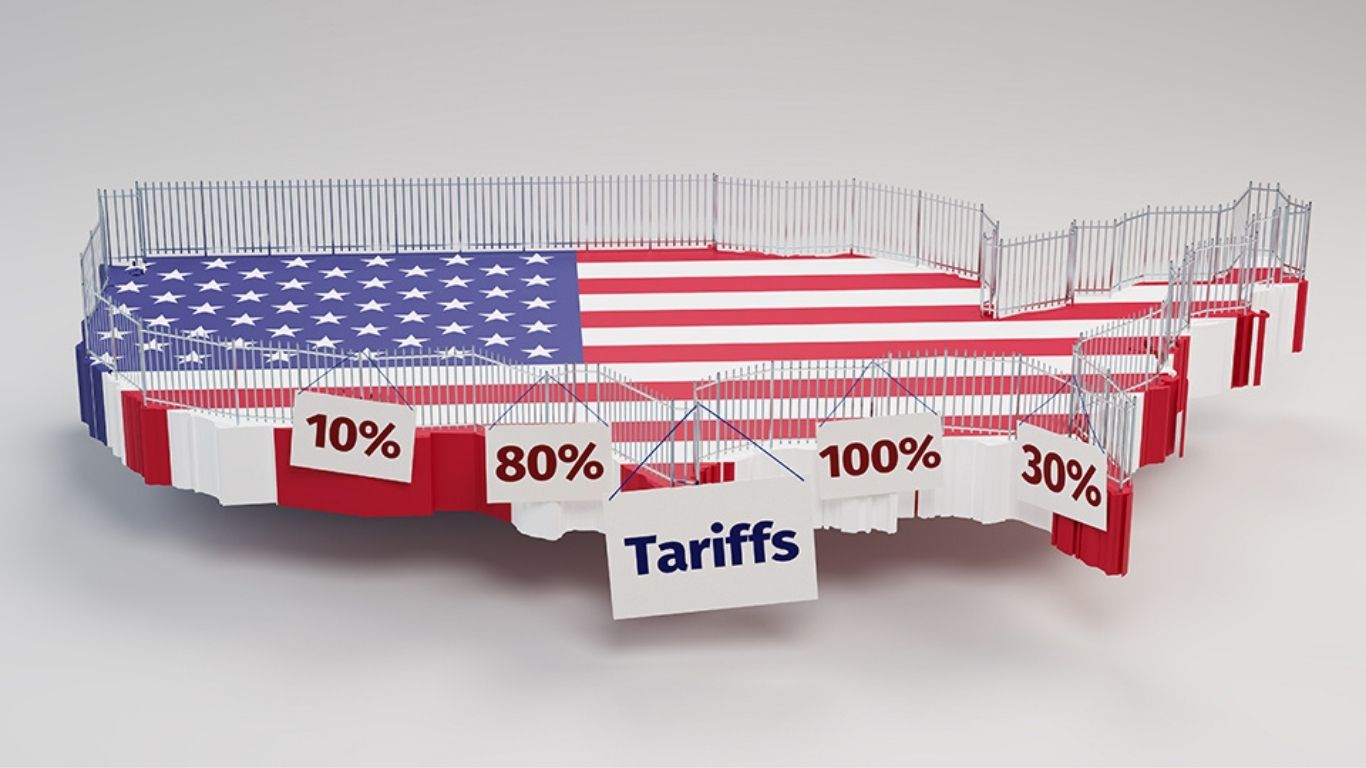In a move that’s sending shockwaves through the financial world, Goldman Sachs has pulled a 180 on its US dollar (USD) outlook, forecasting a year of unrelenting weakness that could redraw the map of global currency markets. The bank’s latest daily global markets report, dated April 8, 2025, isn’t just a tweak; it’s a seismic shift, with the euro emerging as the prime contender to dethrone the dollar’s long-held supremacy. With EUR/USD forecasts now soaring to 1.20 by year-end, Goldman’s analysts are betting big on a structural unraveling of American “exceptionalism.” Here’s what’s happening, why it matters, and what it could mean for the forex landscape.
The Dollar’s Fall: From Risk to Reality
For years, the USD has reigned as the king of currencies, buoyed by America’s standout economic growth and a relentless influx of global capital. Goldman Sachs had long treated any cracks in this foundation as a hypothetical “risk scenario,” a what-if that lingered on the edges of their forecasts. No more. The bank now says the USD’s shaky start to 2025 isn’t a temporary dip but the opening act of a deeper decline. This once-cautious outlier has been promoted to the starring role in Goldman’s base case, with analysts pointing to a confluence of pressures dragging the dollar down.
What’s changed? The story of US “exceptionalism” is losing its grip. The economic outperformance that fueled the dollar’s ascent think higher growth rates, robust job numbers, and a magnetic pull on foreign investment is fading. As other economies, particularly in Europe, stabilize and regain footing, the gap that once made the USD untouchable is narrowing fast. Goldman Sachs sees this as a tipping point, with the dollar’s overvaluation ripe for a correction that could echo through markets for months.
EUR/USD: A Bold New Trajectory
The numbers are where this shift gets real. Goldman Sachs has scrapped its earlier, dollar-friendly EUR/USD forecasts and rolled out a set of projections that scream euro optimism:
– 3 months: 1.12 (up from 1.07)
– 6 months: 1.15 (up from 1.05)
– 12 months: 1.20 (up from 1.02)
Let’s unpack that. Just months ago, Goldman pegged EUR/USD at a measly 1.02 by year-end, a trajectory that assumed the dollar would hold its ground. Now, the bank envisions a euro rally pushing the pair to 1.20, a level unseen since mid-2022. That’s an 18% leap from its prior 12-month call, signaling not just a tweak but a full-on reimagining of the FX battlefield. The euro, long overshadowed by the dollar’s dominance, is suddenly cast as the breakout star of 2025.
The Forces Behind the Forecast
So, what’s driving this dollar doomsday scenario? Goldman Sachs points to a trifecta of trouble for the USD:
1. Weakening US Fundamentals: Recent data paints a picture of a cooling US economy—slower GDP growth, softening labor markets, and inflation that’s stabilizing but not sparking the kind of exceptionalism investors once banked on.
2. Fading Capital Flows: The global appetite for US assets, a cornerstone of dollar strength, is waning as investors diversify into other markets, including Europe, where recovery signs are gaining traction.
3. Valuation Reversal: The USD has been trading at a premium for years, but Goldman Sachs argues that this overvaluation is unsustainable. As the economic edge dulls, the dollar’s price tag is coming under scrutiny.
On the flip side, the Eurozone is showing glimmers of resilience. ECB policy, while still cautious, is navigating a post-inflation landscape with growing confidence. Germany’s industrial engine is sputtering less, and southern Europe’s economies are clawing back stability. It’s not a roaring comeback, but it’s enough to tilt the scales when paired with a stumbling dollar.
Beyond the Numbers: A Structural Shift
Goldman Sachs isn’t just calling a short-term blip; this is a structural story. The bank’s analysts argue that the USD’s decline marks the end of an era defined by American economic hegemony. As global growth dynamics rebalance, currencies like the euro are poised to reclaim ground lost during the dollar’s reign. It’s a slow burn, not a crash, but the implications could ripple far beyond forex desks, think trade balances, commodity prices, and even geopolitical leverage.
For Europe, a stronger euro could mean cheaper imports and a louder voice on the world stage, though it might dent export competitiveness. For the US, a weaker dollar could juice exports but risks stoking inflation if import costs climb. Goldman’s bet is that these currents will play out over 2025, with EUR/USD acting as the marquee indicator.
What’s in It for Traders and Investors?
For the forex crowd, Goldman’s pivot is a neon sign flashing “opportunity” or “caution,” depending on your risk appetite. The bank’s now firmly in the dollar-bearish camp, and its upgraded EUR/USD targets offer a tantalizing roadmap for euro bulls. Want in on the action? Goldman’s trade ideas are up for grabs via eFX Plus, which is dangling a 7-day free trial (then $79/month basic or $109/month premium). But here’s the catch: FX trading is a high-stakes game. Leverage can amplify wins or wipeouts. The bank’s forecasts are sharp, but they’re not gospel your own homework and risk tolerance should call the shots.
The Bigger Picture: A Market in Flux
Zoom out, and this isn’t just about EUR/USD it’s about a world where the dollar’s iron grip is loosening. Other currencies, from the yen to the yuan, could feel the aftershocks as investors recalibrate. Will Goldman’s call prove prophetic, or will the USD defy the odds with a late-year comeback? The jury’s out, but one thing’s certain: 2025 is shaping up as a year of reckoning for forex markets.
*Note: Forex trading carries serious risks, including the potential to lose your entire investment. Past performance isn’t a predictor of future gains. Consult a financial advisor before jumping in.*




